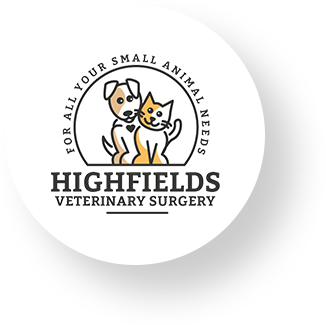Cat Obesity: What You Need To Know
30% of the 2.7 million domestic cats in Australia are considered clinically overweight or obese - a staggering figure that shows our Aussie cats are suffering on the scales!
Despite the common occurrence, the symptoms, causes and associated health risks involved in overweight or obese cats can often go unrecognised by cat owners.
It's not just about how your cat looks - carrying around extra weight can cause serious detriment to their health, leading to shorter lifespans.
What are the signs of obesity in cats?
If your cat is 10-19% heavier than the optimal weight, they're considered overweight; if they're 20% or more over their optimal weight they're considered obese.
Other indications you should have your cats weight checked out by the vet:
- There's difficulty in feeling their ribs or spine - if you have to press firmly in order to feel, this may be a sign of being overweight.
- A defined waist isn't visible.
- Their abdomen appears to be sagging.
What health risks are associated with overweight or obese cats?
Weight issues are associated with the increased presence of other health issues, many of which can shorten your cats' lifespan.
- Heart disease
- Diabetes
- Neurological disorders
- Respiratory problems
- Cancer
- Skin problems
- Earlier onset of joint problems such as arthritis
- High risk in surgeries and under anaesthetic
- Increased susceptibility to infection
What causes obesity in cats?
Too much food: If your cat is eating too much and exercising too little, this can result in the excess energy being stored as fat. As simple as it is, it's considered the most common cause of increased weight in cats.
Lack of activity: As mentioned above, lack of exercise or activity (play) can lead to your cats weight creeping up.
Breed: The breed of your cat can play a role in its weight. For example: a moggy cat is more likely to be overweight/obese than a purebred cat. Additionally, certain breeds are reported to have a higher prevalence of obesity including the Manx, Maine Coon and Russian Blue.
Age: Younger cats, particularly those under the age of 2, generally have less issues with their weight. Older cats, between the ages of 2 and 10 require less energy to function than younger cats and therefore are more susceptible to becoming overweight or obese. Especially if they're intake of calories is more than the energy they're using. Senior cats tend to have the opposite issue, being more inclined to be underweight.
Once a cat is neutered, their metabolic rate decreases by quite a substantial amount, meaning they require less food to maintain their body condition.
How do I maintain a healthy weight for my cat?
- Always consult your veterinarian when you're concerned about your cat's weight.
- Ask for advice on appropriate nutrition and diets.
- Maintain regular weight checks - this will help you keep an eye on any excess kilos creeping on.
- Don't over treat, despite how much your cat begs! Cats are renowned for substituting food for affection so next time they beg for a treat, try giving them a belly rub instead.
- Encourage active play - setting aside quality time to play with your cats, even for 10 minutes or so can help them maintain a healthier weight.
If you're concerned about your cat's weight, don't hesitate to reach out to your veterinarian. Getting on top of weight issues early can help you avoid severe health issues later on.
Contact our team for a consultation on animal nutrition and dietary advice. We can help get your cat's weight back on track, or give us a call on (07) 4630 8399.


